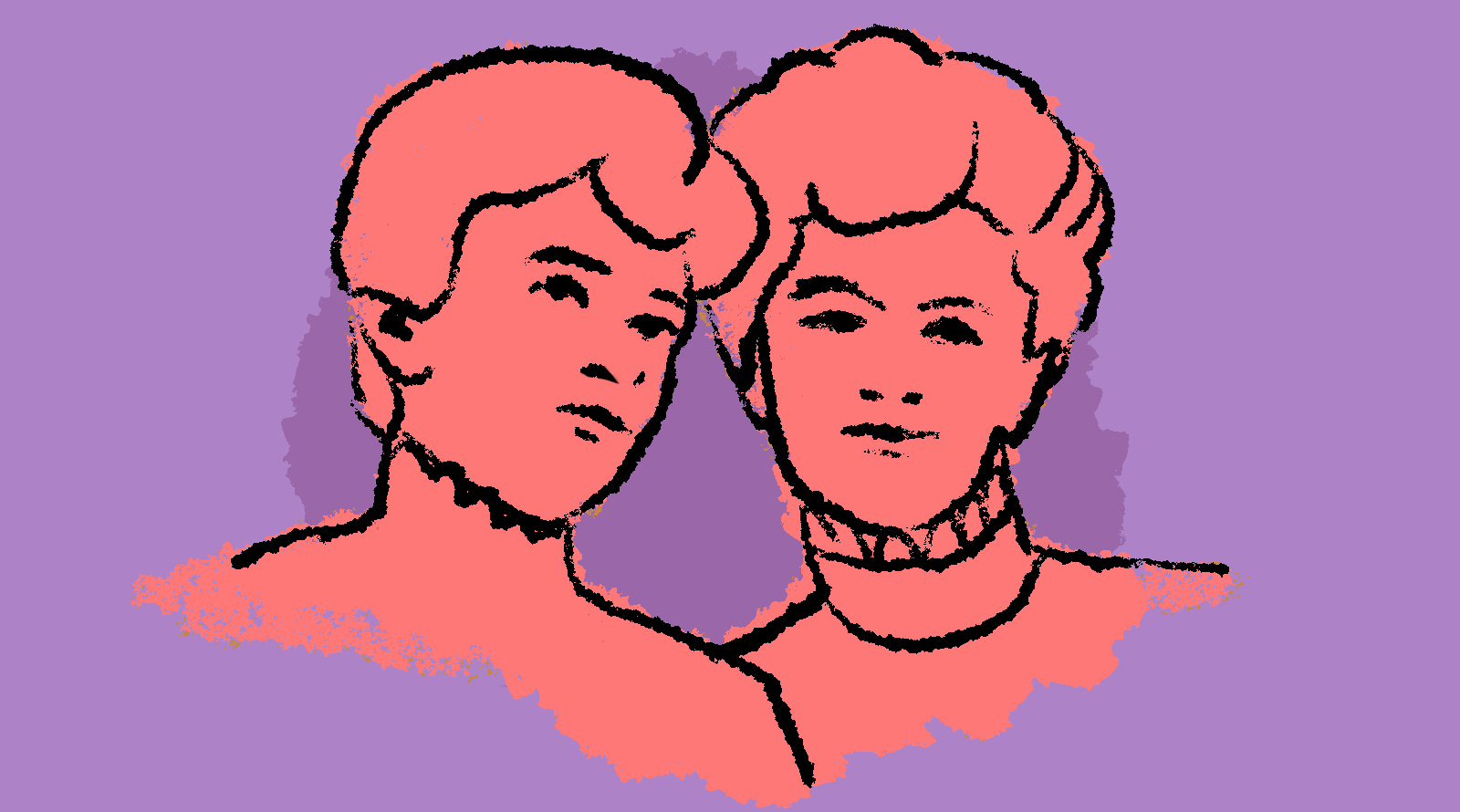The Everleigh Sisters ran the best brothel in Chicago from 1900 to 1911, when a moral panic wiped out their business.
The “Gilded Age” was a period of rapid industrialization that brought massive technological and demographic changes to the United States. During this time, money, people, and information moved faster than they ever had before. Amidst all these rapid changes, two sisters, Minna and Ada Everleigh, looked around and assessed their options. They decided to open a brothel, and after consulting with other prominent madams across the country, they set out for Chicago.
Ada and Minna Everleigh were born in Kentucky in 1876 and 1878 respectively. Their original surname was Lester, but, inspired by their grandmother’s unique signature, “everly yours,” they adopted the name “Everleigh” for their illicit business pursuits. They both tried their hands at marriage, but ended up describing their husbands as jealous brutes. According to the stories passed down, Ada and Minna divorced, inherited $35,000 from their grandmother’s estate, and relocated to Omaha, Nebraska in 1898, where they established their first brothel.
Amidst all these rapid changes, two sisters, Minna and Ada Everleigh, looked around and assessed their options. They decided to open a brothel...
The 1898 Trans-Mississippi Exposition drew large crowds to Omaha from around the world. After two years, Ada and Minna had doubled their investment, securing a sizable fortune. Seeking to expand their business, they scouted several cities including Washington, D.C., New York, and San Francisco. The Everleigh sisters settled on Chicago at the suggestion of D.C. madam Cleo Maitland. Cleo connected them to Effie Hankins who had a brownstone for sale that had already been operating as a brothel for years. In 1900, the Everleigh Sisters purchased the property from Hankins for $55,000. After some renovations, the building became the infamous Everleigh Club, located at 2131 Dearborn Street.
The Everleigh Club opened to the public on February 1, 1900. Located in Chicago’s Levee District, the club was frequented by politicians, industrialists, a few princes, and other men of influence. Patronage at the Everleigh Club became a status symbol. Clients would pay a cover charge to enter the establishment and could spend the night with one of the residents for an additional fee. Ada and Minna required letters of recommendation for prospective patrons, and sought to maintain an elite exclusionary clientele.
The club was frequented by politicians, industrialists, a few princes, and other men of influence. Patronage at the Everleigh Club became a status symbol.
The Everleigh Sisters lived on site alongside thirty employees. In addition to the decadent décor, the home included themed rooms including the Persian Room, Japanese Room, and a $15,000 gold-leaf piano. Patrons enjoyed luxurious chocolates, pastries, wine, expensive seafood, quail, duck, other lavish foods, and, of course, endless varieties of alcohol.
Ada was responsible for hiring young women for the brothel and recruited from around the country. Prospective employees had to complete a face-to-face interview and, once hired, mandatory etiquette courses. In 1902, the Everleigh Sisters purchased the adjacent building at 2133 Dearborn Street, which came to be known as “The Annex.”
Eventually, The Everleigh Club’s decadent branding, set against a backdrop of moral panic, led to their downfall. Ada commissioned a pamphlet advertising the Everleigh Club and its services, complete with pictures of their themed rooms and lavish decor. The pamphlet caught the attention of then-mayor of Chicago, Carter Harrison, Jr., who ordered the brothel’s closing as part of the response to the Chicago Vice Commission’s 1910 report.
Eventually, The Everleigh Club’s decadent branding, set against a backdrop of moral panic, led to their downfall.
Minna and Ada were permitted to have a going-away bash on October 11, 1911. The party closed with a bang, and the Everleigh sisters retired with more than a million dollars in assets. The Everleigh Sisters settled in New York City and returned to using the surname Lester. They embraced the expectations of Victorian femininity, participating in women’s organizations and poetry circles until their deaths; Minna in 1948 and Ada in 1960.





